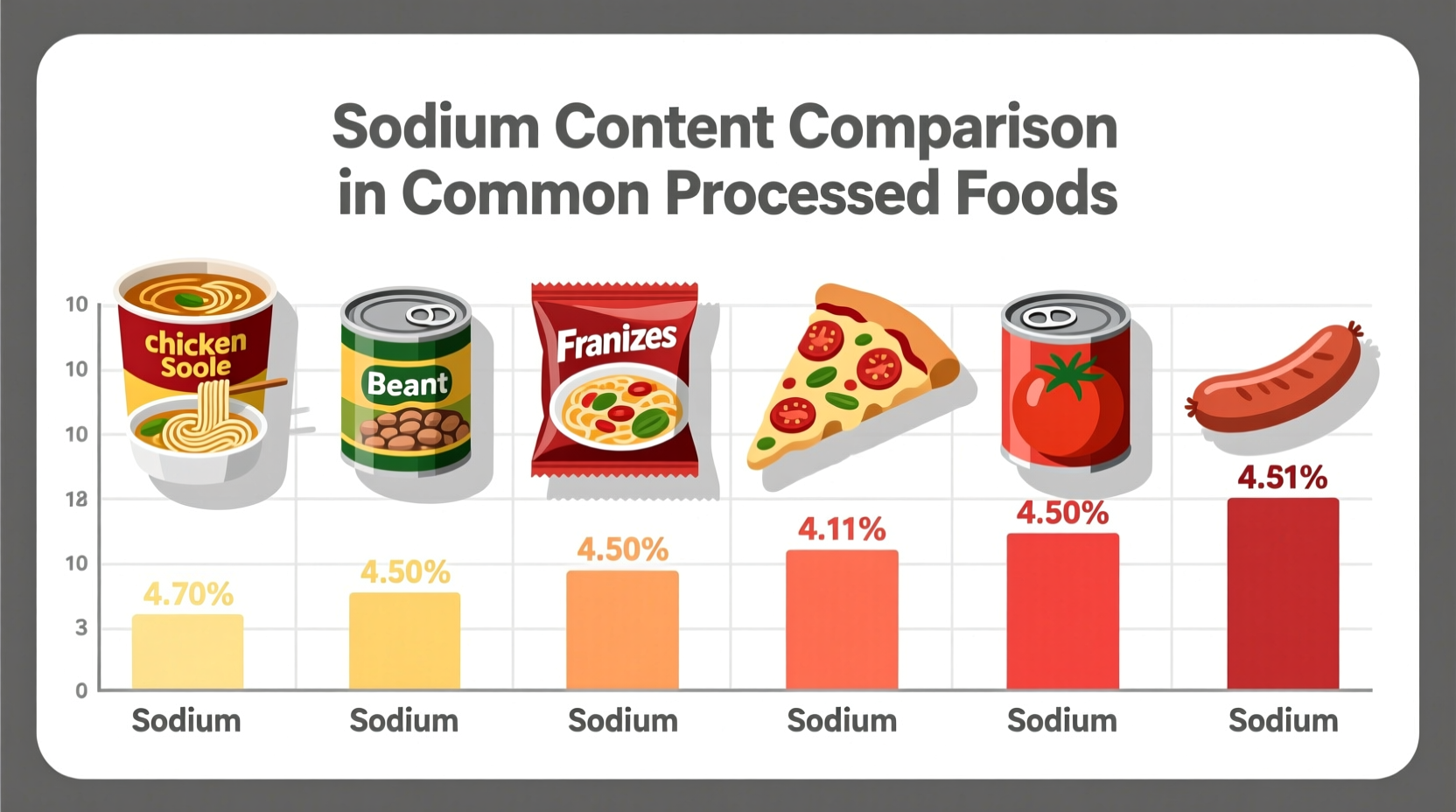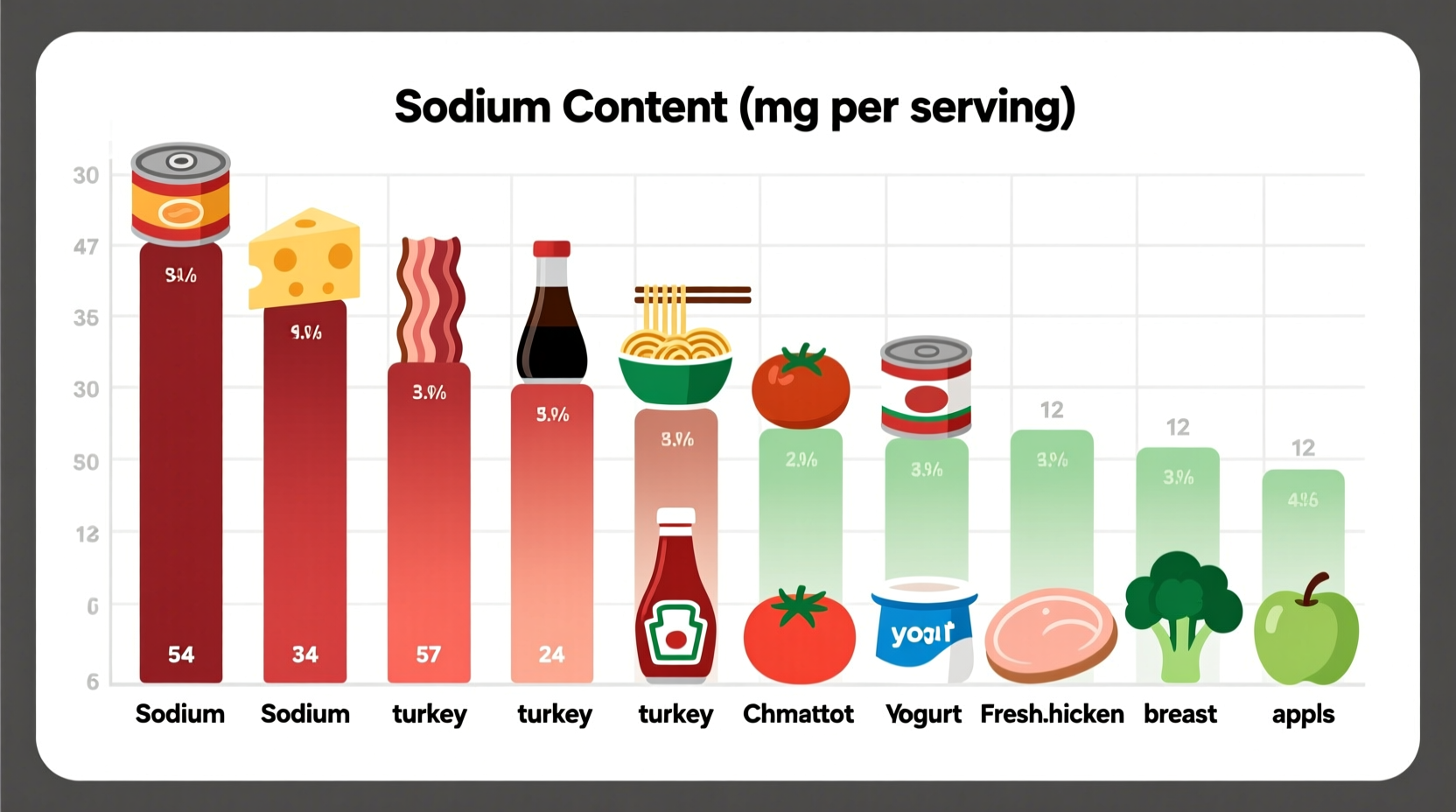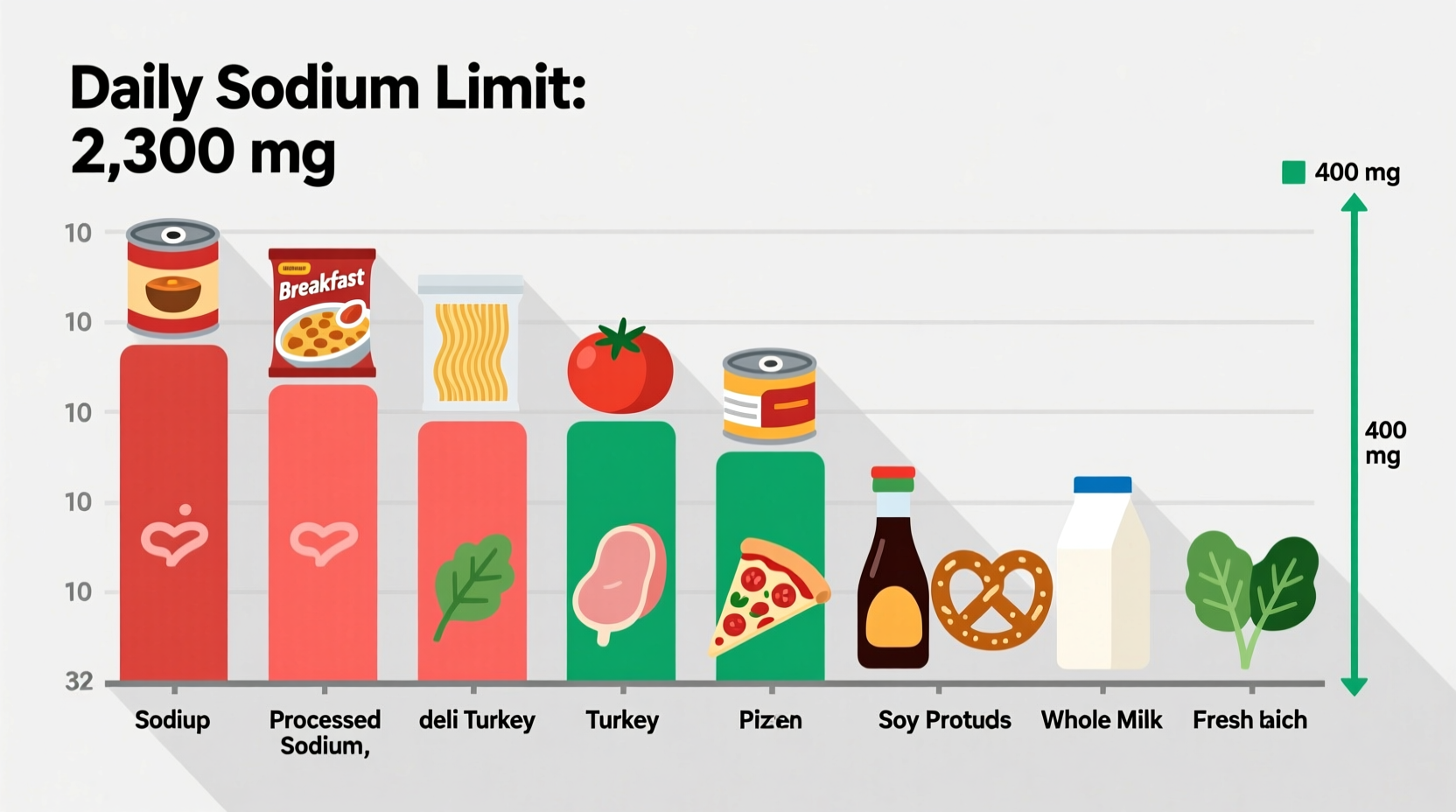Why Sodium Content Confusion Exists
Many assume MSG is high in sodium because it contains "sodium" in its name. However, this overlooks critical context: MSG delivers umami flavor with significantly less sodium than table salt. The misconception stems from conflating total sodium content with sodium density per serving. When used correctly, MSG allows 20-40% sodium reduction in dishes without sacrificing taste—addressing a major pain point for health-conscious cooks managing hypertension or heart conditions.
The Science Behind MSG's Sodium Profile
MSG (monosodium glutamate) is a sodium salt of glutamic acid. Its molecular structure explains the lower sodium density:
| Substance | Sodium per 100g | Sodium per Teaspoon (5g) | % Sodium by Weight |
|---|---|---|---|
| MSG | 12.5-13.5g | 0.6g | 12.5-13.5% |
| Table Salt | 39g | 1.9g | 39% |
| Baking Soda | 27.4g | 1.3g | 27.4% |
Data sources: USDA FoodData Central, Mayo Clinic, Harvard Health. Note: MSG's glutamate component (86.5% of its weight) provides flavor without sodium contribution.

Strategic Use Cases for Sodium Reduction
Professional chefs increasingly leverage MSG's sodium efficiency in three key scenarios:
- Broths & Soups: Replace 30% of salt with MSG to maintain savory depth while cutting sodium by 25%. Example: In miso soup, 0.5g MSG + 1.5g salt achieves equivalent flavor to 2g salt alone.
- Processed Foods: Food manufacturers use MSG to reduce sodium 15-30% in canned goods and frozen meals while meeting consumer taste expectations (per FDA sodium reduction guidelines).
- Home Cooking: Sprinkle 1/8 tsp MSG on roasted vegetables instead of salt—reducing sodium by 60% while enhancing natural sweetness.
When to Avoid MSG: Clear Boundaries
Despite its sodium advantages, MSG has specific limitations:
✅ Use MSG When:
- Reducing sodium in savory dishes without flavor loss
- Cooking for hypertension patients (under medical guidance)
- Enhancing vegetable-based dishes where salt is less effective
❌ Avoid MSG When:
- Preparing infant food (under 12 months per AAP guidelines)
- Managing diagnosed MSG sensitivity (affecting <1% of population)
- Creating low-sodium desserts (where umami is undesirable)
Debunking Common Sodium Myths
Myth: "MSG is high in sodium."
Reality: MSG contains less sodium than salt by weight. A teaspoon delivers 68% less sodium than table salt while providing comparable flavor impact.
Myth: "MSG raises blood pressure like salt."
Reality: Blood pressure correlates with total sodium intake, not MSG specifically. Using MSG to replace salt actually lowers sodium consumption (per American Heart Association research).
Practical Implementation Guide
For effective sodium reduction:
- Start with 1/8 tsp MSG per serving in soups/stews
- Reduce salt by 25% when adding MSG
- Allow 5 minutes after cooking for flavor integration
- Store MSG in an airtight container away from light (retains potency for 2+ years)
Remember: MSG doesn't replace salt entirely—it optimizes sodium usage. The goal is total sodium reduction, not elimination of salt.

Everything You Need to Know
Yes. Both table salt and sea salt contain approximately 39% sodium by weight. MSG contains only 12.5-13.5% sodium, making it significantly lower in sodium than any salt variant. A teaspoon of MSG provides 0.6g sodium versus 1.9g in a teaspoon of sea salt.
Indirectly, yes. By replacing 25-40% of salt with MSG in recipes, you reduce total sodium intake—which directly correlates with blood pressure management. The American Heart Association confirms sodium reduction as a primary hypertension intervention strategy.
Keep MSG in an airtight container in a cool, dark place. Properly stored, it remains potent for 2+ years. Avoid humid environments (like next to the stove) as moisture causes clumping. Discard if异味 develops—though pure MSG rarely spoils.
Not necessarily. Products labeled "No Added MSG" often compensate with extra salt to maintain flavor, potentially increasing sodium content. Always check nutrition labels—some "MSG-free" soups contain 20% more sodium than MSG-enhanced versions.
Yes, within standard culinary amounts (≤0.5g per serving). Major health authorities (FDA, WHO, EFSA) confirm MSG's safety. For sodium-restricted diets, use MSG to replace salt—not add to it—to stay within daily limits (2,300mg sodium).











 浙公网安备
33010002000092号
浙公网安备
33010002000092号 浙B2-20120091-4
浙B2-20120091-4